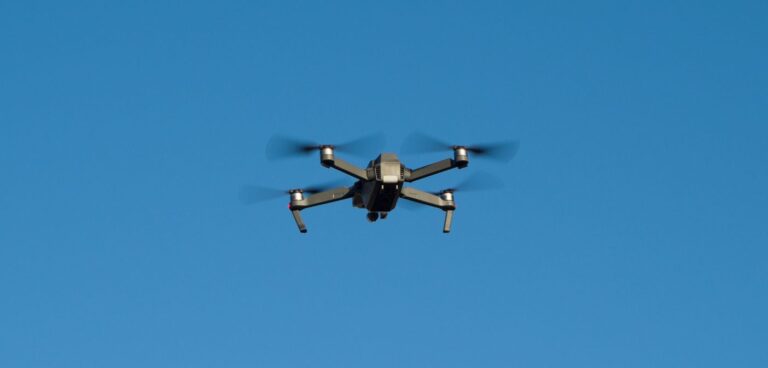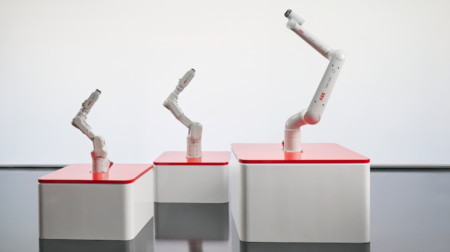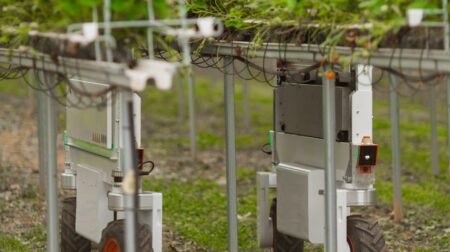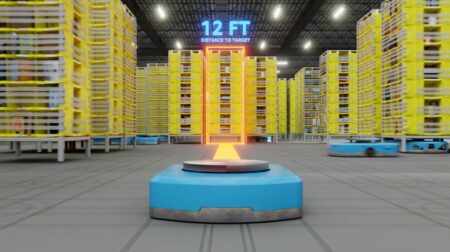Researchers at the University of Zurich (UZH) have developed an algorithm which can fly a quadrotor autonomously faster than two human pilots in a drone race.
The UZH team created an algorithm that can find the quickest trajectory to guide a quadrotor through a series of waypoints on a circuit.
“Our drone beat the fastest lap of two world-class human pilots on an experimental race track,” said Davide Scaramuzza, who heads the robotics and perception Group at UZH and the rescue robotics grand challenge of the NCCR Robotics, which funded the research.
“The novelty of the algorithm is that it is the first to generate time-optimal trajectories that fully consider the drones’ limitations,” added Scaramuzza.
Previous works relied on simplifications of either the quadrotor system or the description of the flight path. “The key idea is, rather than assigning sections of the flight path to specific waypoints, that our algorithm just tells the drone to pass through all waypoints, but not how or when to do that,” explained Philipp Foehn, PhD student and first author of the paper.
The researchers had the algorithm, and two human pilots fly the same quadrotor through a race circuit. They employed external cameras to precisely capture the motion of the drones to give real-time information to the algorithm on where the drone was at any moment.
To ensure a fair comparison, the human pilots were given the opportunity to train on the circuit before the race. But in all laps the algorithm drones were faster than the human ones, and the performance was more consistent.
According to the project, to enable commercial applications the algorithm will need to become less computationally demanding, as it now takes up to an hour for the computer to calculate the time-optimal trajectory for the drone.
Currently, the drone relies on external cameras to compute where it was at any moment, in future work the scientists want to use onboard cameras.
However, the demonstration did highlight that an autonomous drone can in principle fly faster than human pilots. “This algorithm can have huge applications in package delivery with drones, inspection, search and rescue, and more,” said Scaramuzza.








